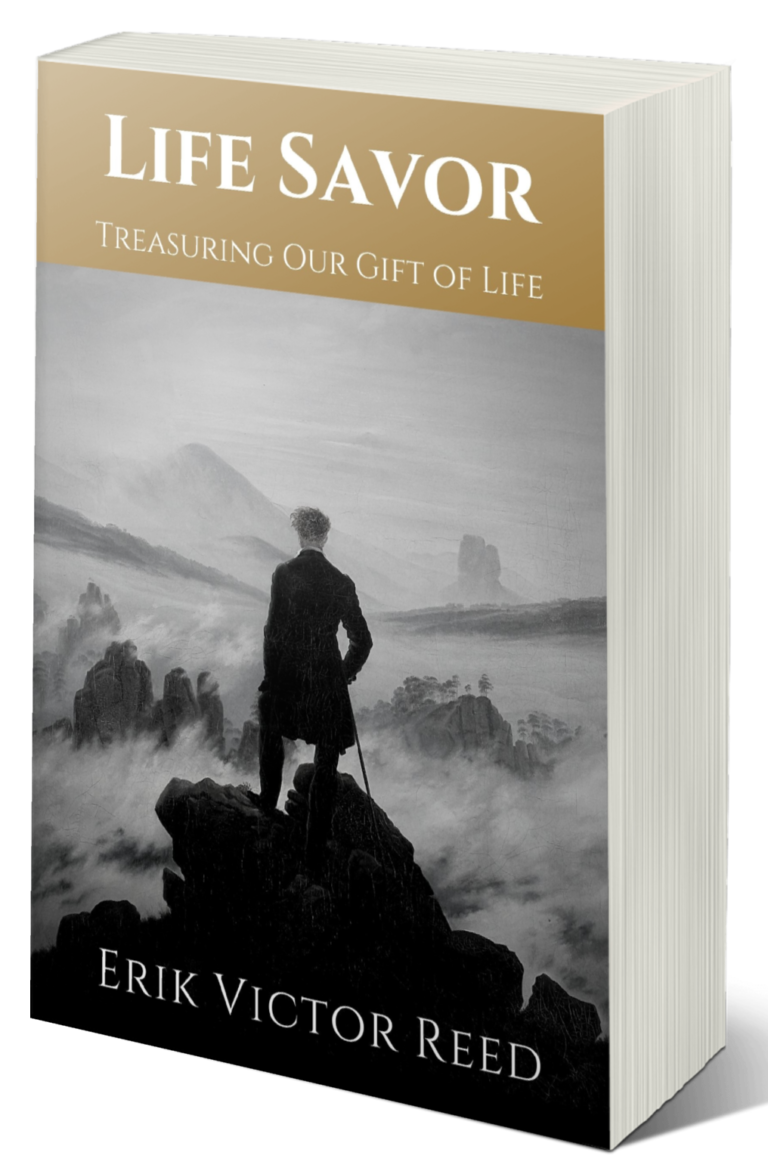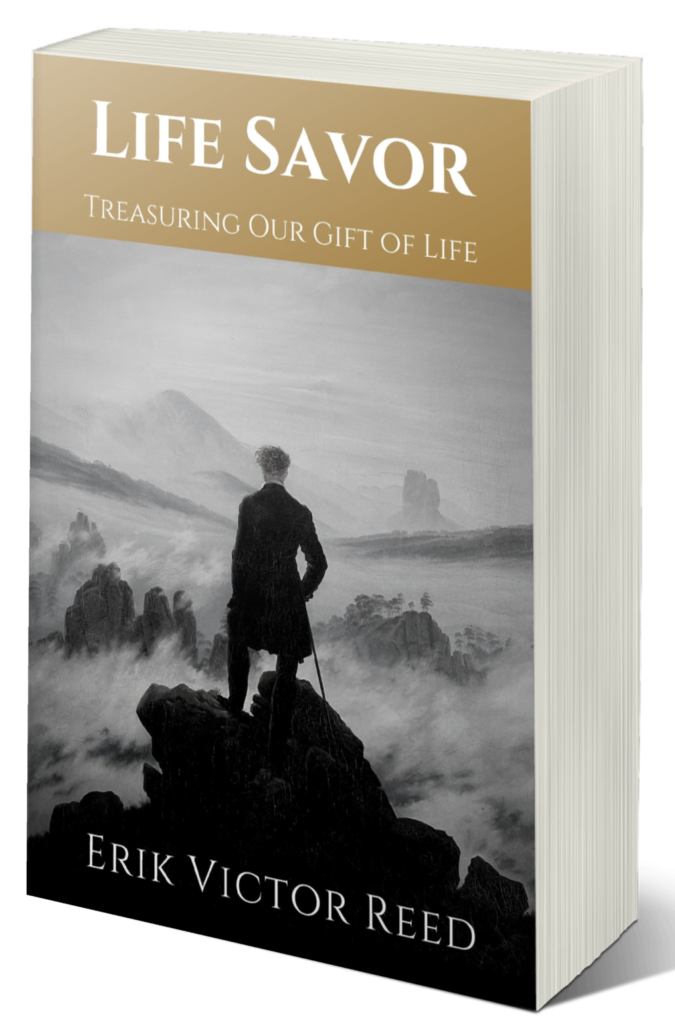The pause that makes life whole
Rest is not absence. It’s presence of another kind.
The slowing of the drum so the melody can be heard. The white space around the brushstroke that lets the painting breathe. The silence between notes that turns noise into music.
We forget this. We are a culture of acceleration, of constant hum. We act as if stopping is weakness, as if the only way to honor life is to keep moving.
But every heartbeat is systole and diastole — contraction and release. Even the heart insists on rest.
The Many Faces of Rest
Rest takes forms as varied as life itself:
- Sleep, where body repairs itself and the mind unspools its nightly cinema of dreams.
- Sabbath, a day without demands, a clearing in the forest of weeks.
- Stillness, sitting by a window, letting the sun stripe across the floor.
- Wandering without agenda, allowing curiosity to pull you down a side street or into a patch of wildflowers.
- Laughter that shakes the body free of tension.
- Solitude, where the self gathers itself back from the noise of others.
Rest is not empty. It is restorative, abundant, alive.
Dreams as Secret Life
In dreams, rest becomes its own aesthetic experience. To fall asleep is to be admitted into a theater that plays without ticket or curtain call. Stories unfold: absurd, luminous, terrifying, tender.
We wake and dismiss them as “just dreams,” but consider: for hours each night, we live another life. Our imagination paints scenes more vivid than screens, stories no director could capture. Even in unconsciousness, the human gift is to keep experiencing. Rest gives us more life.
A Shift to Grace
Picture someone lying in bed after days of worry. At last, exhaustion overtakes them. They dream: they are walking through a field, light golden, air gentle. A friend appears — gone in real life but alive in the dream. They talk, laugh, sit together.
When the dream fades, the grief has not disappeared, but it has shifted. The heart feels strangely lighter, touched by a grace it could not manufacture awake. That was rest’s gift: a reprieve, a visitation, a reminder that the mind itself can heal when allowed to wander.
Mortality and Rest
We fear rest as wasted time. Yet mortality tells us otherwise. If our days are numbered, do we really want to spend them frantic and hollow?
Rest is not stealing from life. It is restoring life. It is what makes waking hours sharp, colors vivid, appreciation possible. Without rest, we skim across existence. With it, we sink in and savor.
Practices for a Rested Life
- Guard sleep. Treat it as medicine, not luxury.
- Build pauses. A breath before the next task, a walk between meetings, an hour with no agenda.
- Honor cycles. Work with intensity, then step back. Exert, then replenish.
- Turn off. Devices off, noise off, pressure off — even briefly.
- Seek beauty in quiet. Rest is not void but fertile ground for noticing.
Another Scene
A monk rakes a garden. The pattern he creates isn’t permanent. The wind will undo it, footsteps will scatter it. But the act itself is rest — the steady scrape of the rake, the mind clearing with each pass.
In another place, a nurse finishes a night shift and drives home as dawn breaks. The city still hums, but she is leaving it behind for a bed, a darkened room, hours of oblivion. Rest is her bridge back to humanity, her way to be more than just a machine.
Closing Thought
Rest is not a waste. It is a way of honoring the miracle of being alive. It steadies the emotional core, polishes the lens, and lets us see again.
So let yourself rest. Let yourself sleep, pause, wander, dream. Let yourself lie still long enough to feel your life return.
Because appreciation is not sustained by motion alone. It is sustained by rhythm. And rest is part of the rhythm that makes life whole.
For more like this, visit the broader project at life-savor.com, or explore the Life Savor book itself.
To learn more about Life Savor’s philosophy,
read Life Savor: Treasuring Our Gift of Life by Erik Victor Reed.








